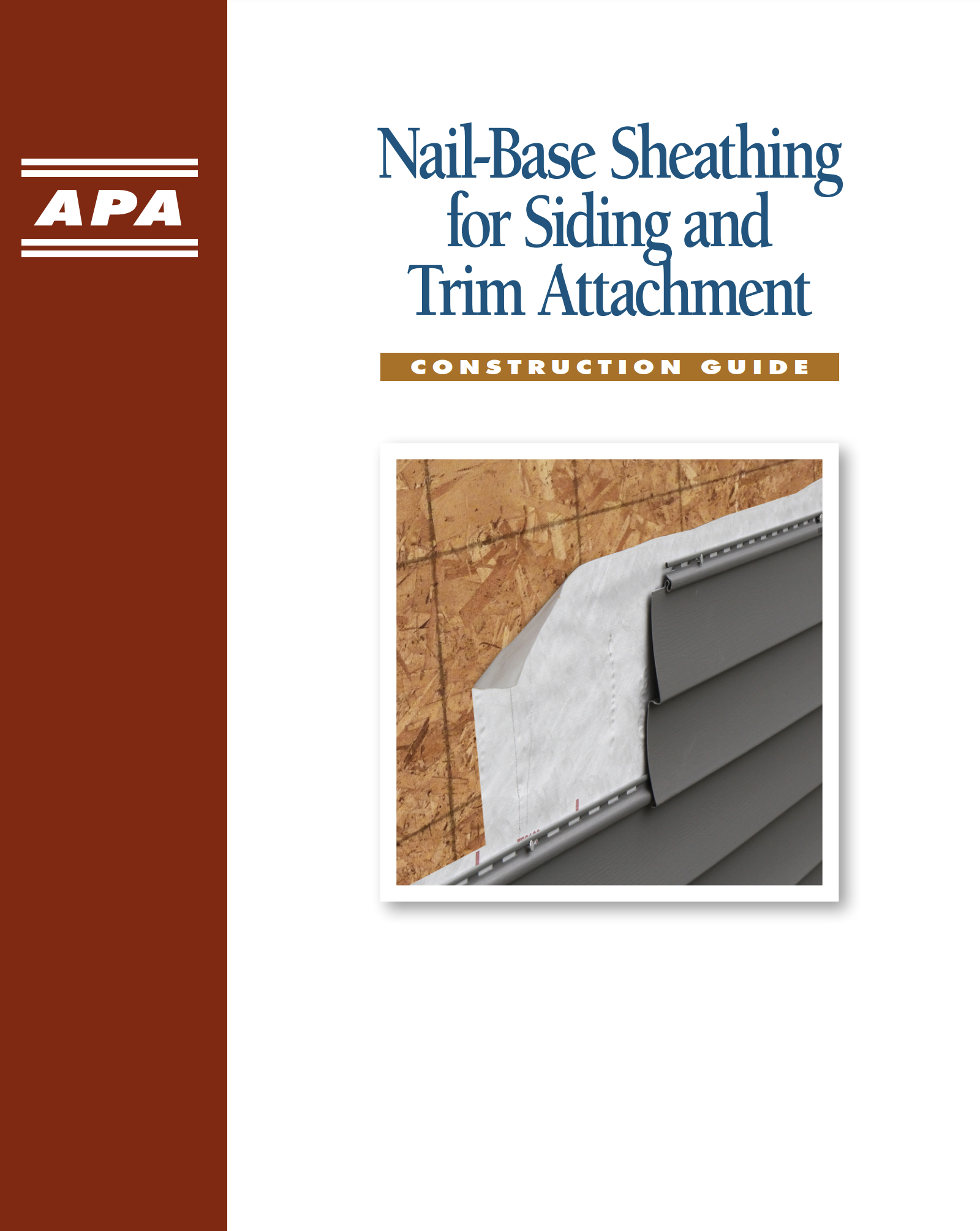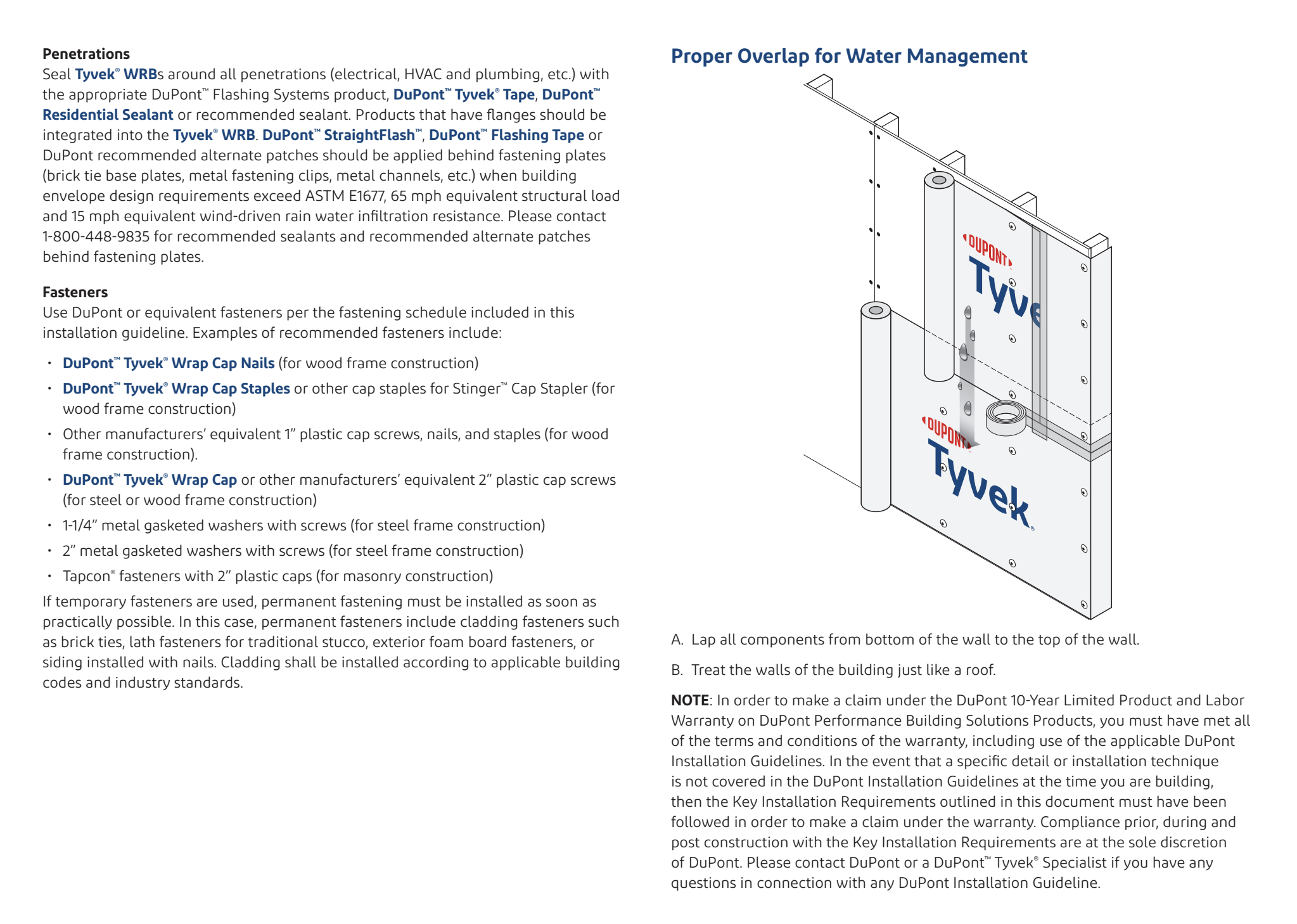At Allied Emergency Services, INC, we understand the importance of using quality materials in restoration and construction projects. A notable material in this regard is nail-base sheathing for siding and trim attachment, as detailed in the APA (The Engineered Wood Association) guide.
Why Choose Engineered Wood Products? Engineered wood products are an excellent choice for environmental sustainability. They reduce waste and are part of a renewable cycle, ensuring long-term, trouble-free use. The guide emphasizes how engineered wood, such as plywood and oriented strand board (OSB), is integral in building code-compliant, strong, and durable walls.
Advantages of Continuous Sheathing:
- Code Compliance: Continuous sheathing meets building code requirements, ensuring a solid substrate for all siding ends and trim.
- Efficiency and Cost-Effectiveness: It eliminates the need for additional wall studs, thereby saving on time and materials.
- Flexibility in Material Use: Suitable for various siding products, continuous sheathing allows for more energy-efficient wall assemblies.
- Wind Resistance: It maintains the structural integrity of the building in high wind events.
Tested and Code Accepted: The guide highlights full-scale wind-tunnel tests confirming that siding attached directly to continuously sheathed walls withstands the same conditions as framing-attached siding. This method is incorporated into the 2015 International Residential Code (IRC).
Siding and Trim Attachment: Using nail-base sheathing reduces the challenges of attaching siding and trim in difficult areas. It provides a reliable base for attachment, eliminating the need for extra framing or blocking.
Adhering to Codes and Standards
Wall Bracing Provisions of IRC: Continuous sheathing with plywood or OSB (Oriented Strand Board) offers versatile options for meeting the wall bracing provisions of the IRC. This method enhances the structural integrity of walls, especially in the context of high wind and seismic events. For detailed information, refer to the APA System Report SR-102: Simplified Wall Bracing Method Using Wood Structural Panel Continuous Sheathing
Wind and Weather Resistance as per IRC: Full-scale wind-tunnel tests conducted by the Insurance Institute for Business & Home Safety (IBHS) demonstrated that siding attached to continuously sheathed plywood and OSB walls is as resilient to wind and weather conditions as siding attached to framing, provided the correct fasteners are used. This approach is recognized in the 2015 IRC, specifically in Section R703.3.2
Design for Combined Shear and Uplift from Wind: Fully sheathed walls with plywood or OSB not only provide shear resistance but also uplift resistance, potentially eliminating the need for some uplift straps. This is detailed in the APA System Report SR-101: Design for Combined Shear and Uplift from Wind
Other Advantages: Continuously sheathed walls offer versatility in meeting wall bracing provisions and provide enhanced disaster resilience, especially in high wind and seismic events.
Your Go-To Solution for Building and Restoration Needs
For more personalized guidance, consult with engineers and local building codes specific to your location. For immediate service or consultation, you may contact us at Allied Emergency Services, INC.
Contact Information:
- Phone: 1-800-792-0212
- Email: Info@AlliedEmergencyServices.com
- Location: Serving Illinois, Wisconsin, and Indiana with a focus on the greater Chicago area.
If you require immediate assistance or have specific questions, our human support is readily available to help you.
Disclaimer: This article is intended for informational purposes only. For professional advice, consult experts in the field










